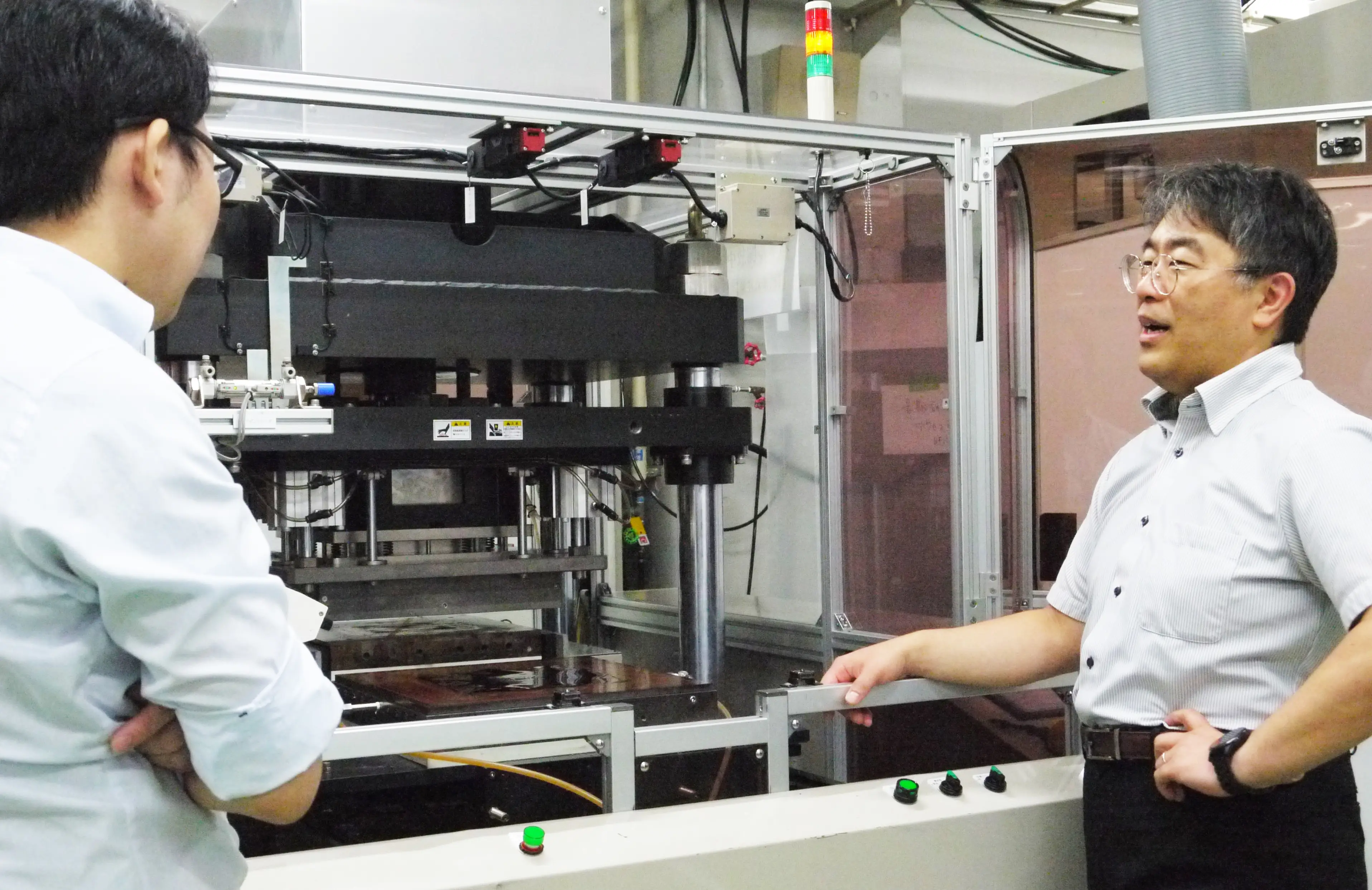MEDICAL FIELD
2025/10/30
Empowering Asia’s Expanding Dialysis Treatment with Nikkiso’s Advanced Technology and Comprehensive Support
- Hemodialysis
- Interview
- Medicalbusiness
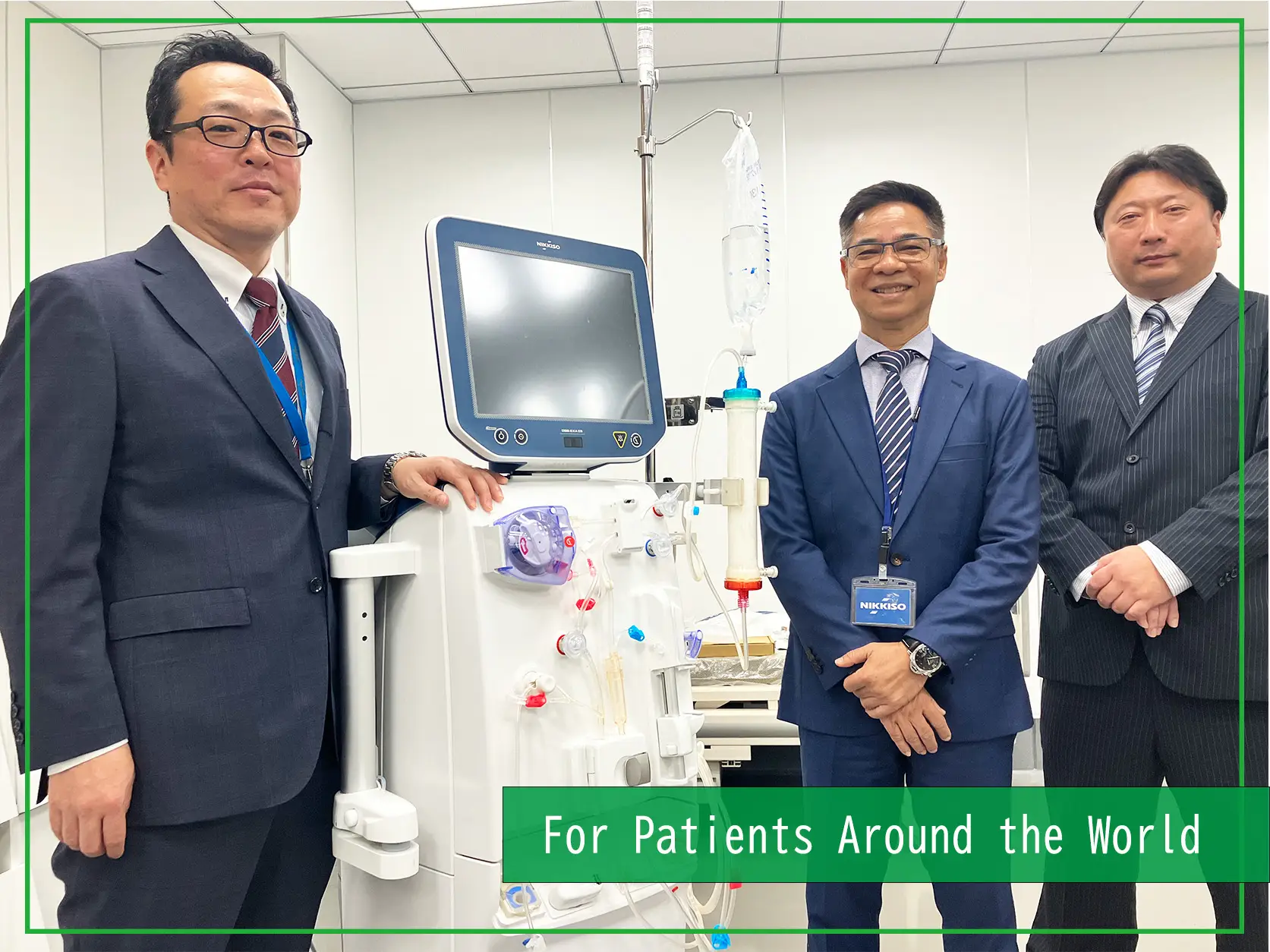
Index
The number of dialysis patients in Asia has been increasing in recent years, and Nikkiso’s dialysis machines are being introduced in more and more facilities across the region. Behind this progress lies years of dedicated on-site effort and the strong relationships of trust built with customers and local distributors.
As a pioneer in dialysis machines in Japan, Nikkiso has long supported the advancement of dialysis therapy. This article is part of the series “For Patients Around the World,” which highlights our global efforts to meet the growing needs of dialysis treatment.
In this feature, we interviewed Mr. Makoto Sekiguchi and Mr. Naoki Sato from the Nikkiso Medical Division—both with extensive experience in overseas sales and technical support—and Mr. Songphol Kaptaphol, Vice President of Nikkiso Medical (Thailand) Co., Ltd. (NMT). They shared their insights on Nikkiso’s initiatives in Asia and how our efforts are being received in local markets.
Makoto Sekiguchi: Naoki Sato: Songphol Kaptaphol:
|
Bringing 50 Years of Expertise and Experience to Asia, a Region Poised for significant Industrial and Social Growth”
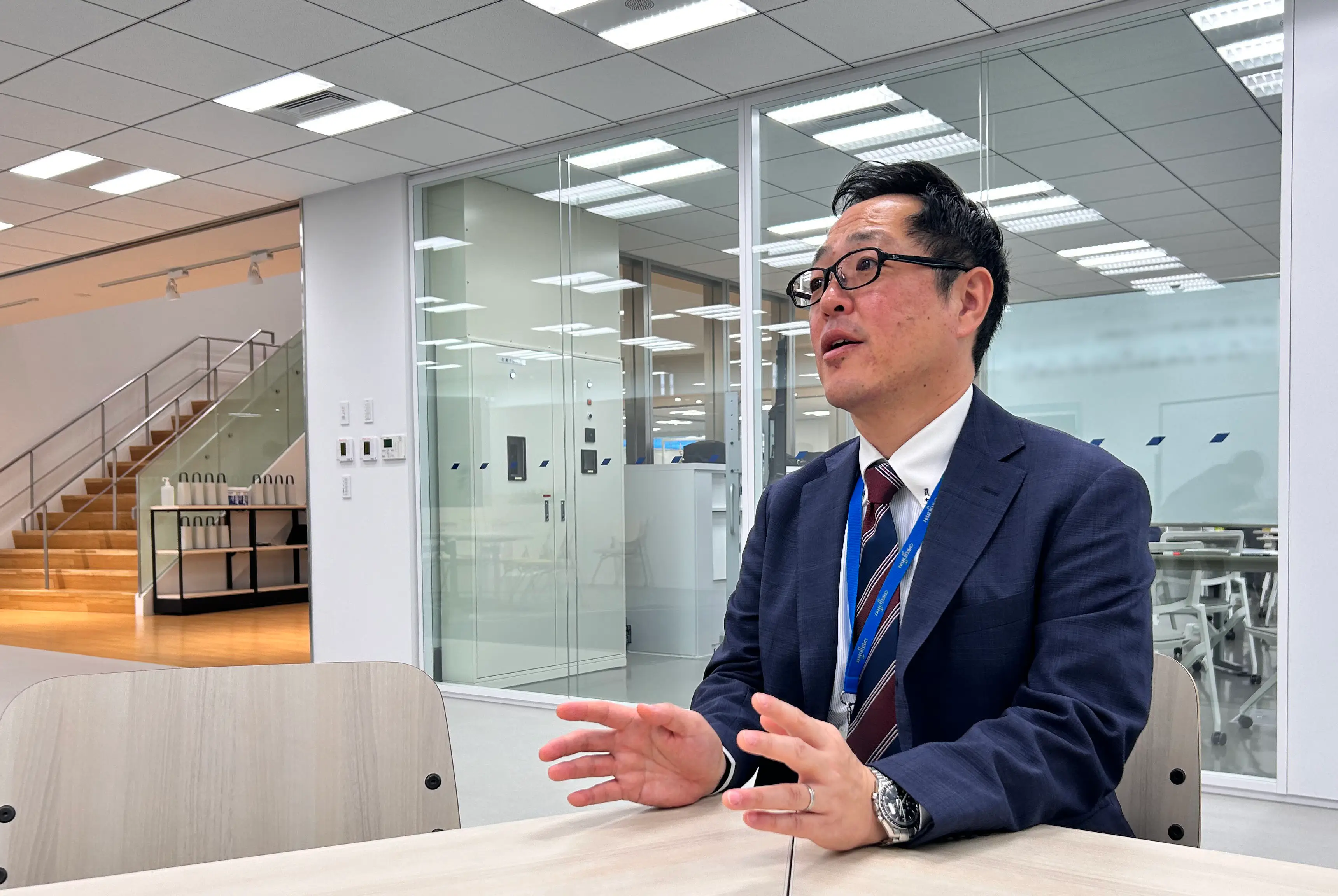
--This time, we would like to ask you in detail about Nikkiso’s business development in Asian countries. To start, could you tell us how Nikkiso entered Asia?
Sekiguchi: As a pioneer in dialysis machines, Nikkiso has been developing products for over 50 years in Japan, a country with world-class medical care and technology. Leveraging the experience, technical expertise, and know-how cultivated in Japan, we first expanded into Europe and then into China, where the number of patients is expected to grow most rapidly.
Building on this momentum, when considering the next regions to introduce Nikkiso’s dialysis machines, we focused on Asia—a region with rapidly growing populations, a very young average age, and strong momentum. In this region, where significant industrial and social development is anticipated, we began our business development efforts to support the realization of safe and sustainable medical care.
-- What is the situation surrounding dialysis treatment in Asian countries?
Sekiguchi: Diabetic patients are increasing significantly across Asia, and the demand for dialysis treatment is expected to grow in the future.
However, how much budget can be allocated to dialysis treatment and how much the quality of medical care can be improved by that budget depend on the financial position of the country. Some countries are facing the dilemma that they cannot meet the needs of the clinical settings due to cost constrains.
Sato: In regions where a universal health insurance system like in Japan has not been established and there is a large gap between the rich and the poor, I have seen a severe situation in which some people cannot receive dialysis treatment at the minimum required frequency. This situation is very different from that in Japan, where almost all patients can receive the same level of medical care with government support.
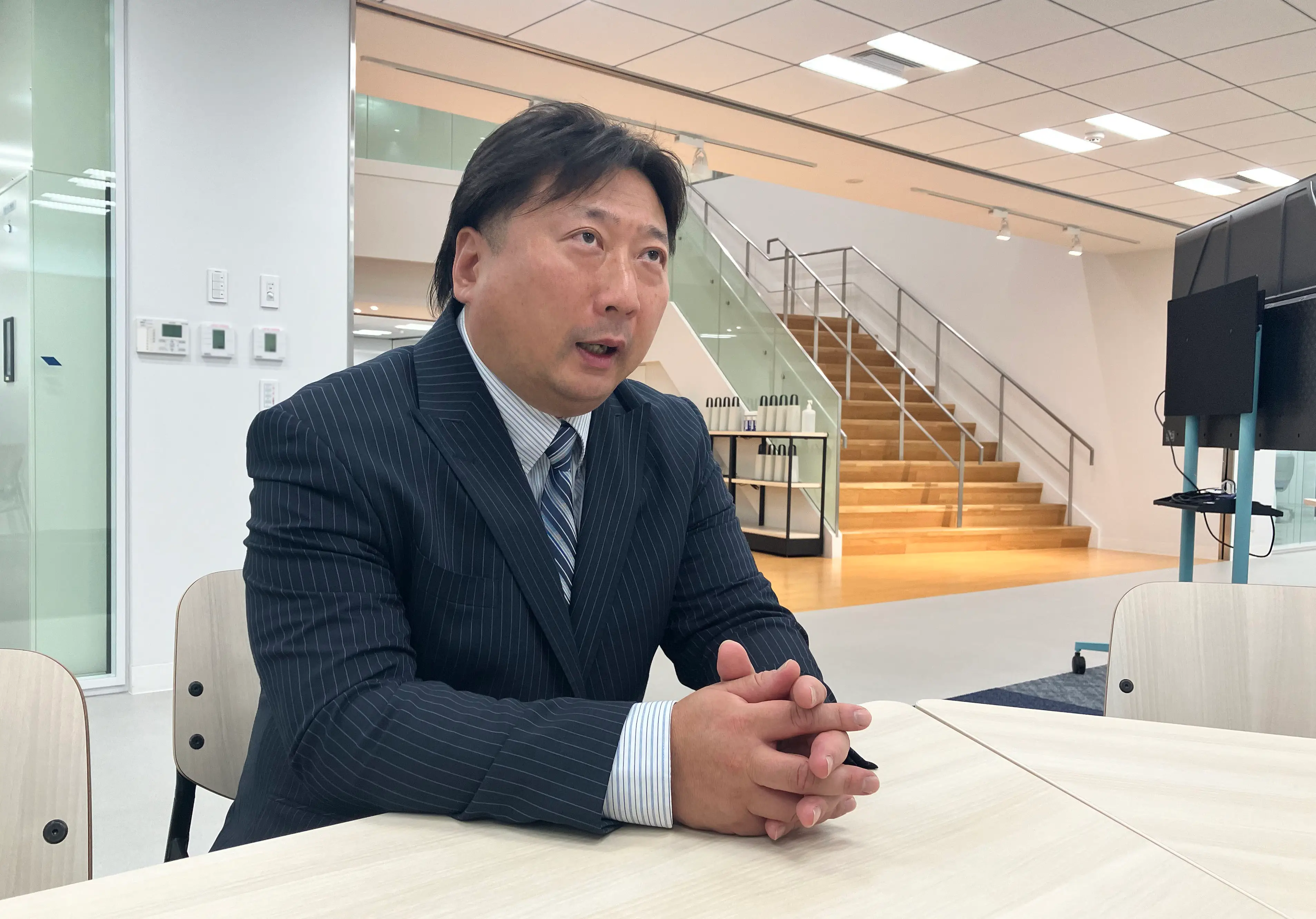
Sekiguchi: From a technological aspect, one large difference is the existence of specialists who operate medical devices.
In Japan, dialysis treatment facilities employ nationally certified clinical engineers who manage and maintain medical devices. Their expertise makes it possible to operate the central dialysis fluid delivery system (CDDS)*, which requires a high level of technical skill for proper maintenance. Thanks to this system, dialysate can be supplied safely and efficiently to all treatment stations, ensuring stable dialysis performance and consistent treatment quality.
On the other hand, biomedical engineers who handle medical device maintenance in Asian countries have responsibilities that vary by country, and in some cases, their work is limited to equipment setup or minor repairs. Their scope of responsibility differs from that of Japan’s clinical engineers. As a result, we are often unable to meet the needs of local customers who wish to implement CDDS(*) like the one in Japan.
(*)Central dialysis fluid delivery system (CDDS): CDDS is a system in which dialysis fluid is produced by mixing acid and bicarbonate concentrates (A and B solutions) with RO water in a central location, and then distributed to multiple dialysis machines in the treatment area.
Becoming the most preferred Brand in Thailand through collaboration with the distributor
Thailand, a member of the Association of Southeast Asian Nations (ASEAN), has seen a rapid increase in the adoption of our products over the past few years. The Nikkiso Group has been expanding its business in Thailand for more than 20 years, and is now competing for the top market share in new machine sales. Below, we are joined by Mr. Songphol Kaptaphol, Vice President of Nikkiso Medical (Thailand) Co., Ltd. (NMT). NMT serves as Nikkiso’s local distributor, delivering our products and services to customers across Thailand. Together, we’ll discuss why Nikkiso products are so highly regarded in the Thai market.
-- Please tell us about NMT.
Songphol: NMT is headquartered in Bangkok and is engaged in importing and selling Nikkiso’s dialysis machines and consumables, as well as providing maintenance services. The company was founded in 1999 and currently has 89 employees. We have service engineers stationed across Thailand, ensuring a service structure that enables us to respond quickly to any issues or breakdowns, even in upcountry areas.
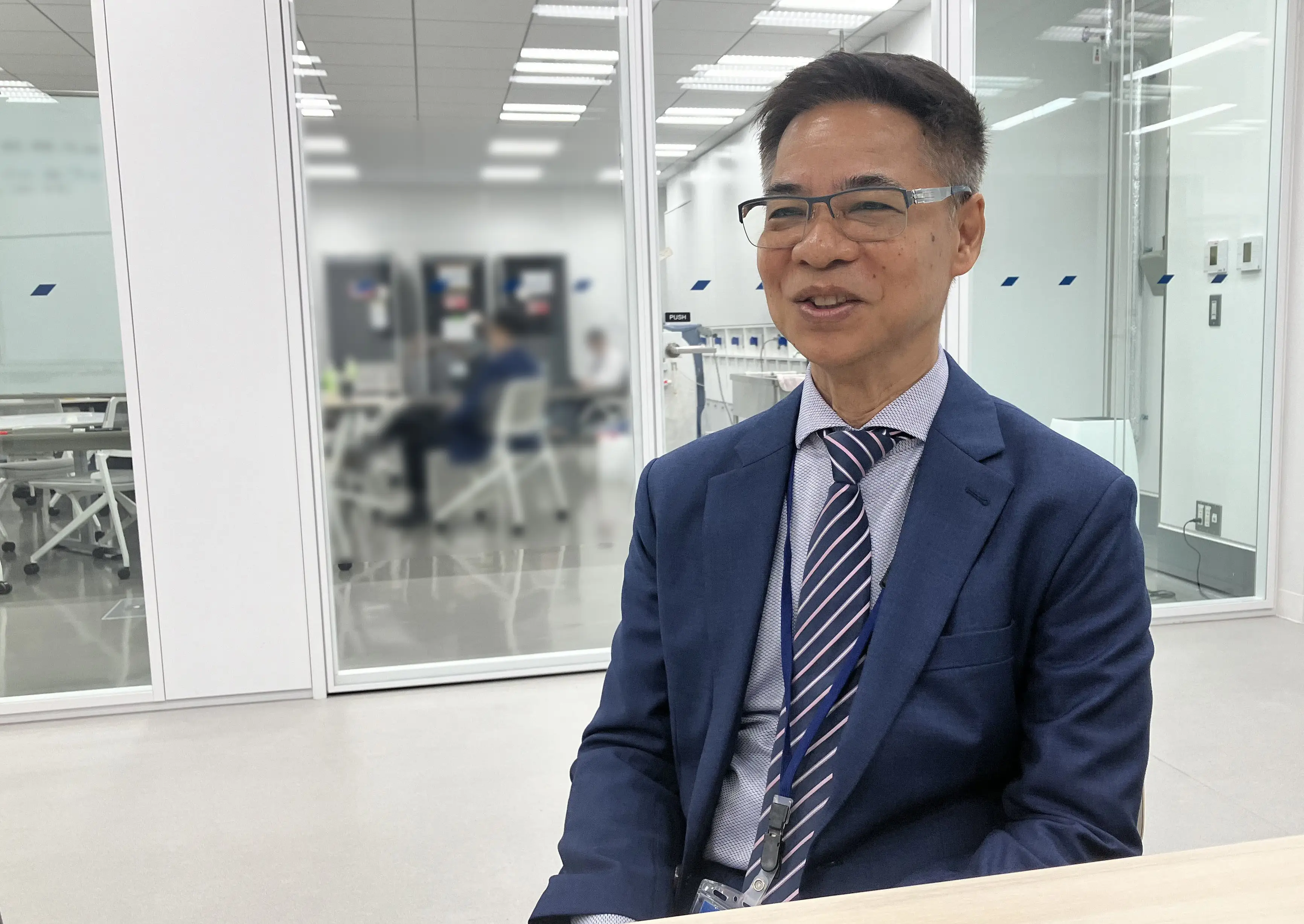
-- What’s driving the growth of dialysis machine sales in Thailand
Songphol: As a result of changes in dietary habits influenced by the cultures and lifestyles of foreign countries, the number of potential dialysis patients in Thailand suffering from diabetes and high blood pressure has been increasing rapidly, reaching an estimated 18 million people. These potential patients begin receiving dialysis treatment as they progress through the five stages of chronic kidney disease. As a result, the number of dialysis patients in Thailand has been growing by 20,000 per year in recent years, and this trend is expected to continue.
Sekiguchi: Another major reason for the increase of dialysis patients is that the national government changed its treatment policy. Under the previous national policy, peritoneal dialysis—which uses the patient’s own peritoneum as the dialysis membrane—was given the highest priority at the beginning of a patient’s dialysis therapy. With the “peritoneal dialysis first” (PD first)* policy abolished, patients can now choose hemodialysis—which uses an artificial kidney (dialyzer) as the dialysis membrane—from the beginning. As a result, more people are now receiving hemodialysis than before. (*)
(*) The “peritoneal dialysis first” policy was reinstated in 2025.
-- Why are Nikkiso’s dialysis machines highly regarded in Thailand?
Songphol: Nikkiso’s dialysis machines are perceived as expensive in Thailand, but since they are designed to keep maintenance costs low, it makes them more cost-effective in the long run. For example, the duplex pumps that circulate dialysate—Nikkiso’s proprietary design—allows for any malfunctions to be fixed by replacing only the specific faulty part. This minimizes costs compared with other manufacturers’ products, which require replacing the entire pump. I believe this efficiency-oriented design represents functional beauty and is highly appreciated.
Compared with before, we’re seeing more and more customers repeatedly buying Nikkiso equipment, and I really believe that’s the clearest sign that healthcare professionals in Thailand truly value our products.
-- How has the monitoring system been evaluated?
Songphol: The monitoring system, one of the key feature of Nikkiso’s dialysis machines, is also highly regarded in Thailand. For example, the dialysate that flows near the blood needs to be kept close to the body temperature. It is true that all such products have a feature that allows users to set the dialysate temperature. However, Nikkiso goes a step further — our machines are also equipped with a thermometer that verifies whether the actual temperature matches the setting. In this way, I believe our customers appreciate that Nikkiso focuses on monitoring the most fundamental and important aspects, and that we reliably do what needs to be done.
-- Are there any unique approaches to service?
Songphol: One of our unique approaches is to improve communication with customers who are using our machines. A QR code is affixed to the back of each machine, allowing customers to scan it and send a message whenever they encounter problems or defects. We have an organization in place to respond to customers’ messages immediately upon receipt.
-- Please tell us about the collaboration between Nikkiso and NMT.
Sekiguchi: For example, when a machine breaks down or a product suddenly needs to be delivered, we act as a coordinator, liaising with our plant and relevant departments in Japan.
We also help NMT do what they want to do. Since NMT regularly shares information with us, it allows us to provide support more efficiently. We are supporting each other with trust. The COVID-19 pandemic reduced opportunities for face-to-face meetings, but it also prompted us to make greater use of online channels, and now, alongside on-site visits, emails, and phone calls, we communicate even more closely than before.
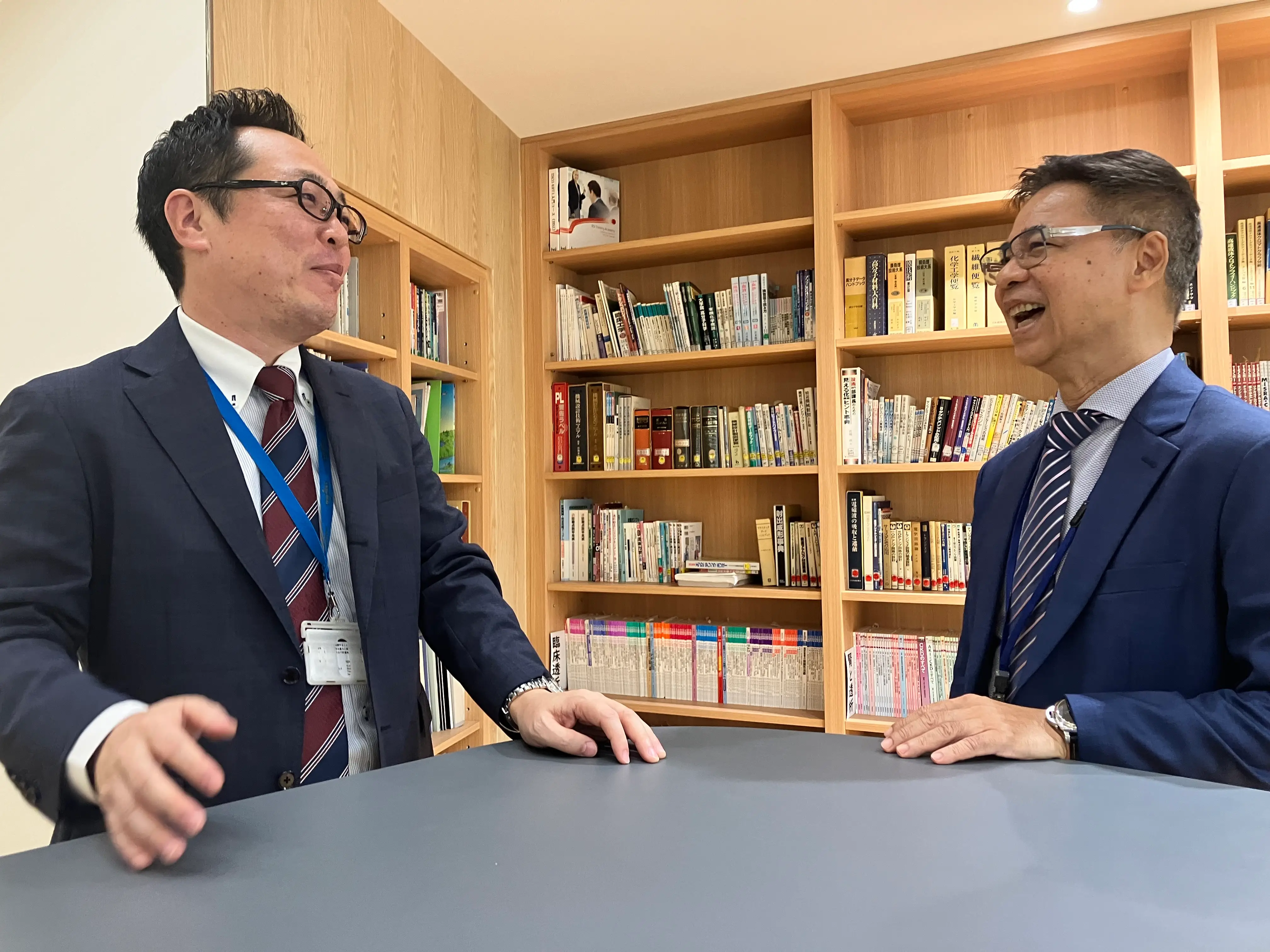
-- Mr. Sato and Mr. Sekiguchi, what do you think are the reasons why Nikkiso is popular with Thai customers?
Sato: There are still many regions where competitors’ products are dominant, and it is not easy for Nikkiso to have its new technologies and features accepted in those regions.
However, as a result of our sales representatives steadily communicating our products’ strengths and advantages, including the background of their development, I think we are gradually gaining the understanding of customers.
Sekiguchi: I agree. We’ve focused first on helping customers understand the advantages of our devices. For example, during demonstrations, we let customers try the devices and explain the specific functional differences between our products and those of other brands. I believe these efforts have led to their understanding.
Another important point is that we have been continuously providing training for the local distributor’s sales staff and service engineers. In these activities, we have explained the differences between our devices and competitors’ devices and shared know-how, resulting in a significant improvement in their knowledge.
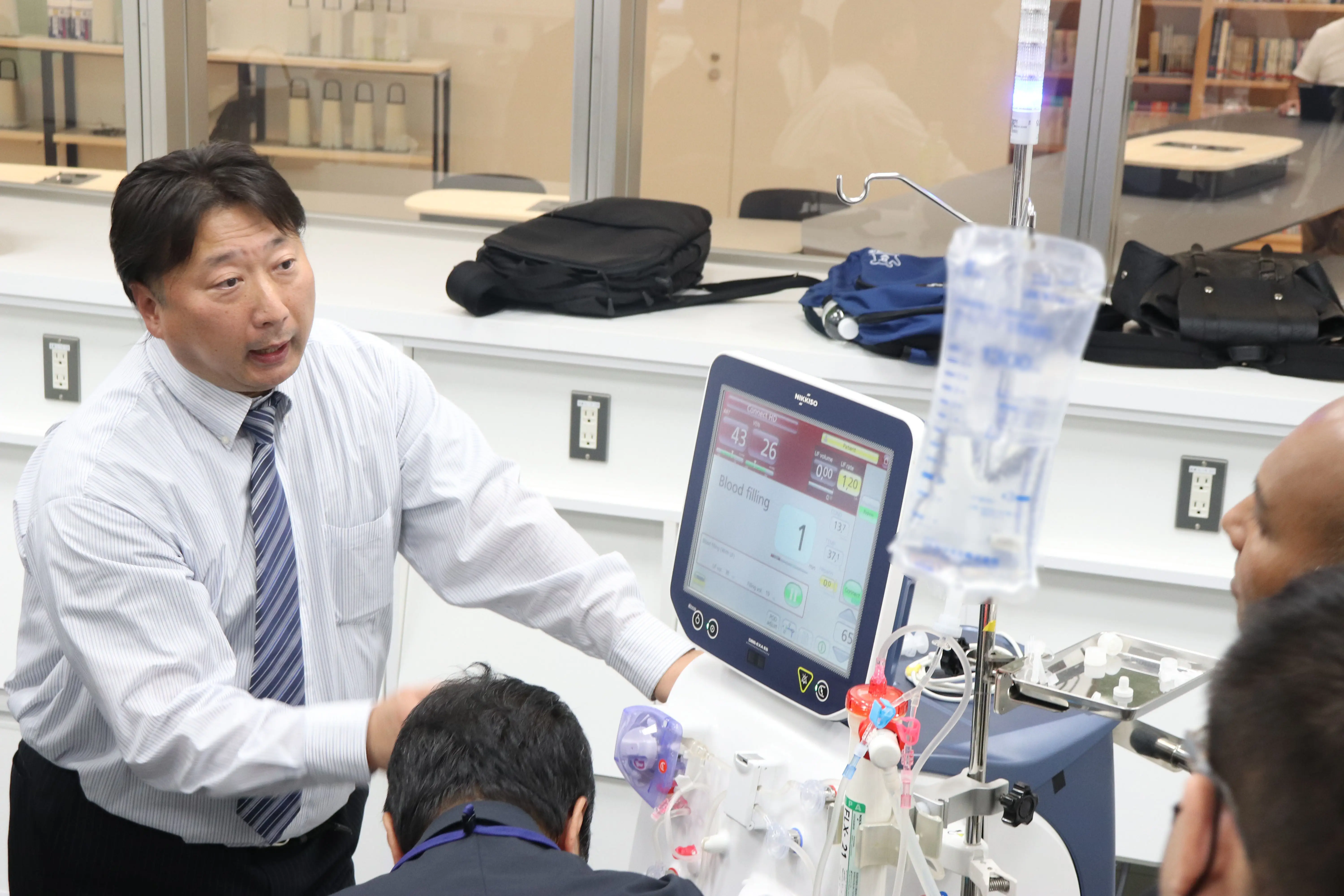
-- What do you expect from Nikkiso in the future?
Songphol: First, I expect them to maintain the current close relationship. In terms of the functions and options of dialysis machines, I am sure from past experience that they will continue developing great products, so I am looking forward to seeing what they come up with next.
-- Please tell us about NMT’s future outlook.
Songphol: In recent years, Chinese products at very low prices have entered the Thai market. It is true that this can be a threat in terms of price, but we are communicating to medical professionals and researchers involved in dialysis treatment to emphasize that quality is important, not just price. We will continue our efforts to ensure they maintain this understanding.
Overcoming differences in way of thinking through close communication and delivering “better treatment”
-- Please tell us about any challenges or difficulties in getting customers to adopt Nikkiso’s products.
Sekiguchi: I feel that communication is especially important when it comes to overcoming differences in culture and values.
In Thailand, for example, we sometimes receive requests such as “In order to finish work as soon as possible, please shorten the time for disinfection and cleaning after treatment as much as possible” and “It is not desirable for the machine to sound alarms that indicate a problem frequently during treatment.” Such scenes make me feel that the way people think about time, safety and risk differently from Japanese who are developing the machines.
But these are also the advantages of machines. Disinfection takes a little long to ensure a thorough process, and the alarm sounds even for minor abnormalities to provide safe and effective treatments.
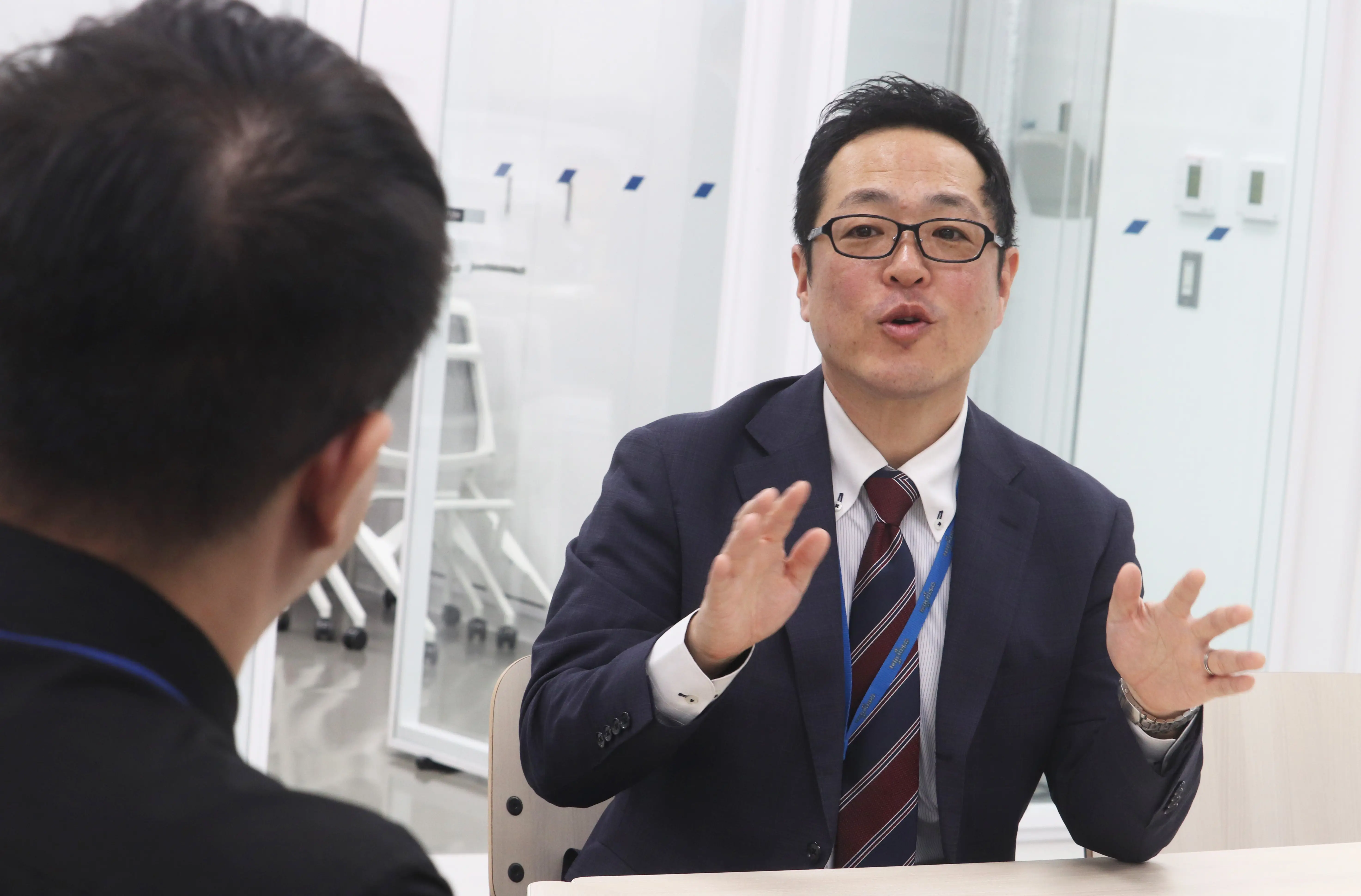
We always make sure to communicate the meaning behind our “Japanese-standard” dialysis machines, which embodies our intention to provide better dialysis treatment, and I believe that customers’ understanding of such meaning has contributed to our growth in Asia.
Aim to further expand our business to contribute to the dialysis treatment of more patients across Asia
-- How is Nikkiso planning to develop its business in Asia?
Sekiguchi: We hope to contribute to the treatment of the growing number of dialysis patients, by having more countries in Asia use Nikkiso’s dialysis machines. To this end, we have various things to do, such as achieving further growth in countries where we are already present, as well as entering into new markets and regions.
Among Asian countries where we already have a market presence, we believe there are many countries, like Thailand, that have strong potential for long-term development of dialysis treatment. As we have successfully applied in Thailand, we plan to continue our sales efforts in line with the growth of these countries by thoroughly explaining our know-how, the safety of our devices, new features, and by proposing functions and options that best suit customers’ needs.
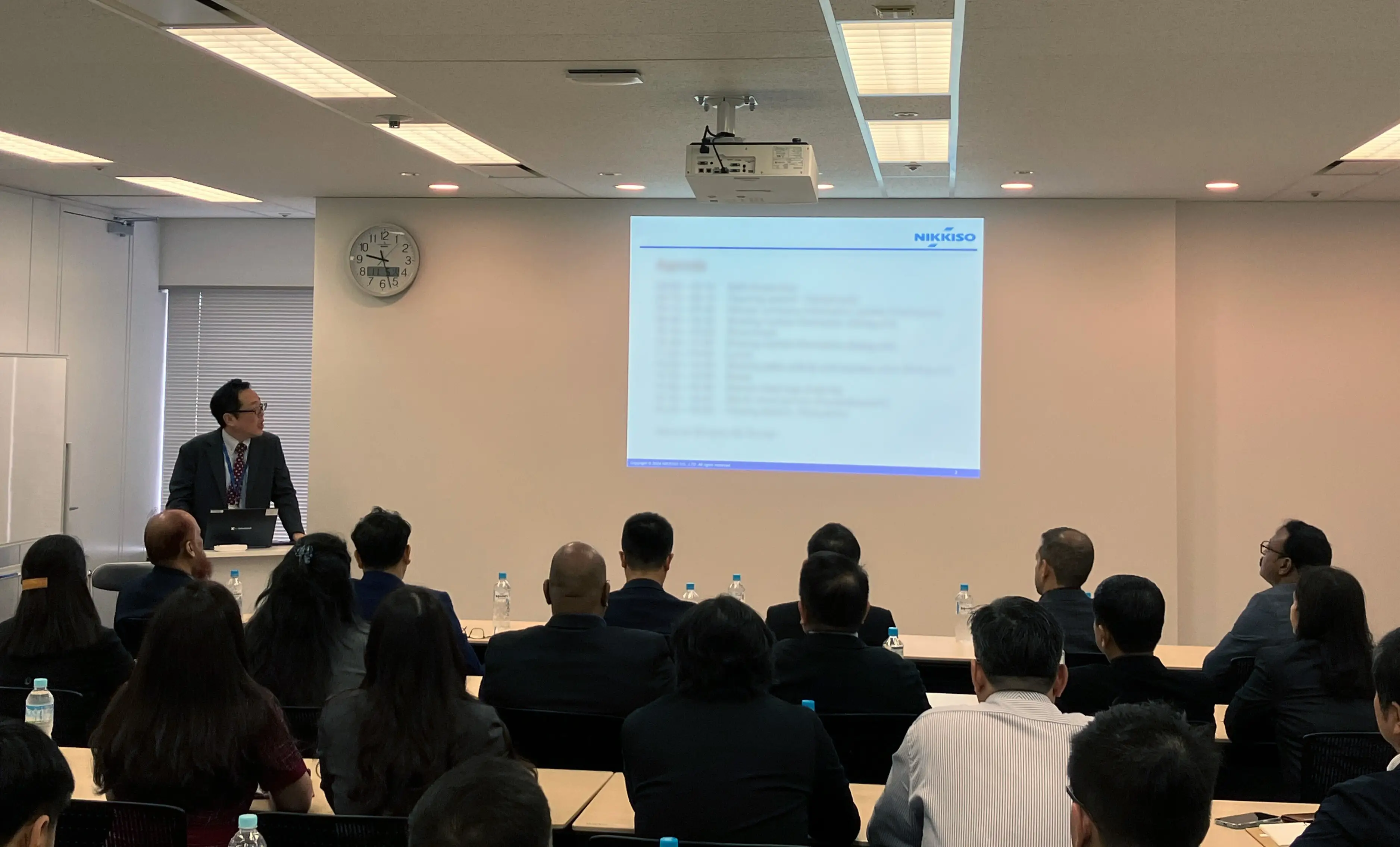 At the Asian distributor meeting
At the Asian distributor meeting
-- Thank you very much. Finally, what challenges you would like to take on in the future?
Sekiguchi: Our efforts over the past 20 years in Thailand have borne fruit. As the market matures, the efforts and measures taken by NMT team have become more reliable.
In the future, we will of course aim to have more patients in Thailand using Nikkiso’s dialysis machines and disposables. At the same time, we hope to develop our business into other countries by building organizations and distributors that can lead operations on-site, just as NMT doing in Thailand.
Sato: As the Customer Service Department, we aim to adapt our training style to the changing needs of our customers.
While we have provided smaller-scale training sessions so far, the conventional approach can no longer fully meet the needs in Thailand and other countries where the number of dialysis treatment staff is increasing. In order to meet the growing demand, we plan to update our training to help participants learn more efficiently.
Pickup
-
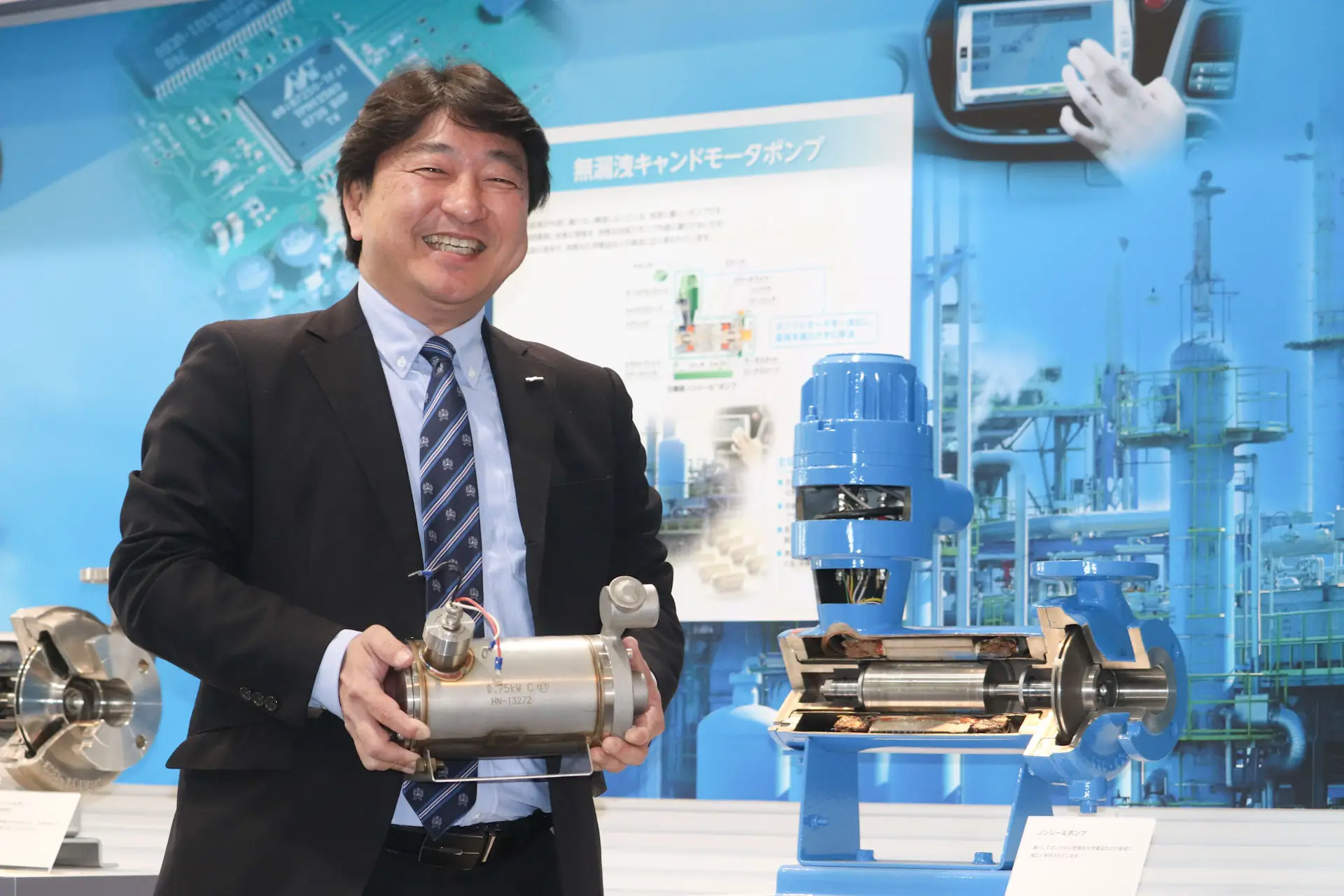 MANUFACTURING
MANUFACTURING
Pumps also actively used in semiconductor manufacturing: 20 years of history of compact, high-speed canned motor pumps
- Technology
- Interview
- Pump
- Semiconductor
2025/05/21
-
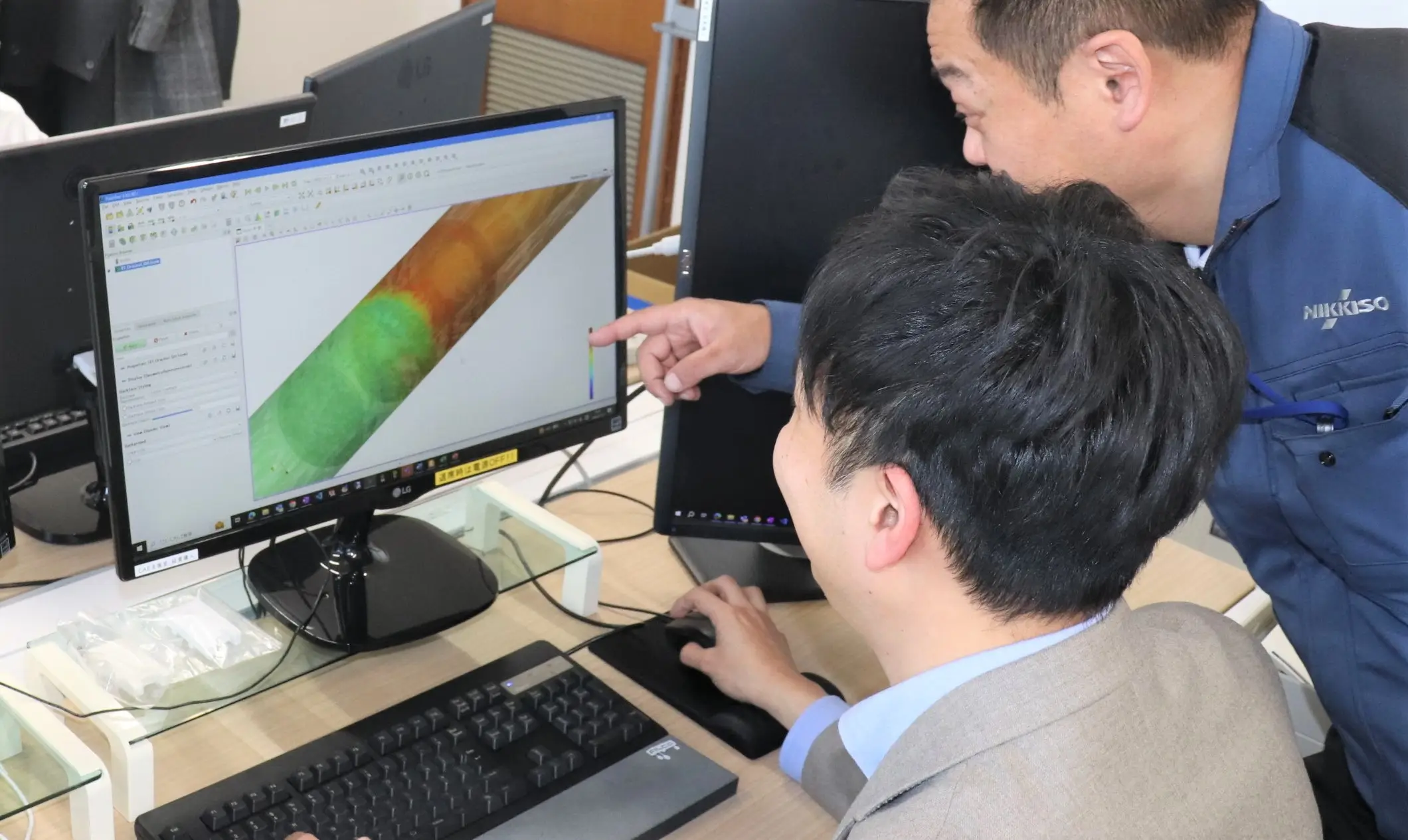 MANUFACTURING
MANUFACTURING
Nikkiso's DX initiatives: CAE Support Department continues to evolve, aiming to eliminate dependence on the skills and expertise of specific people
- Technology
- Interview
2025/04/09
-
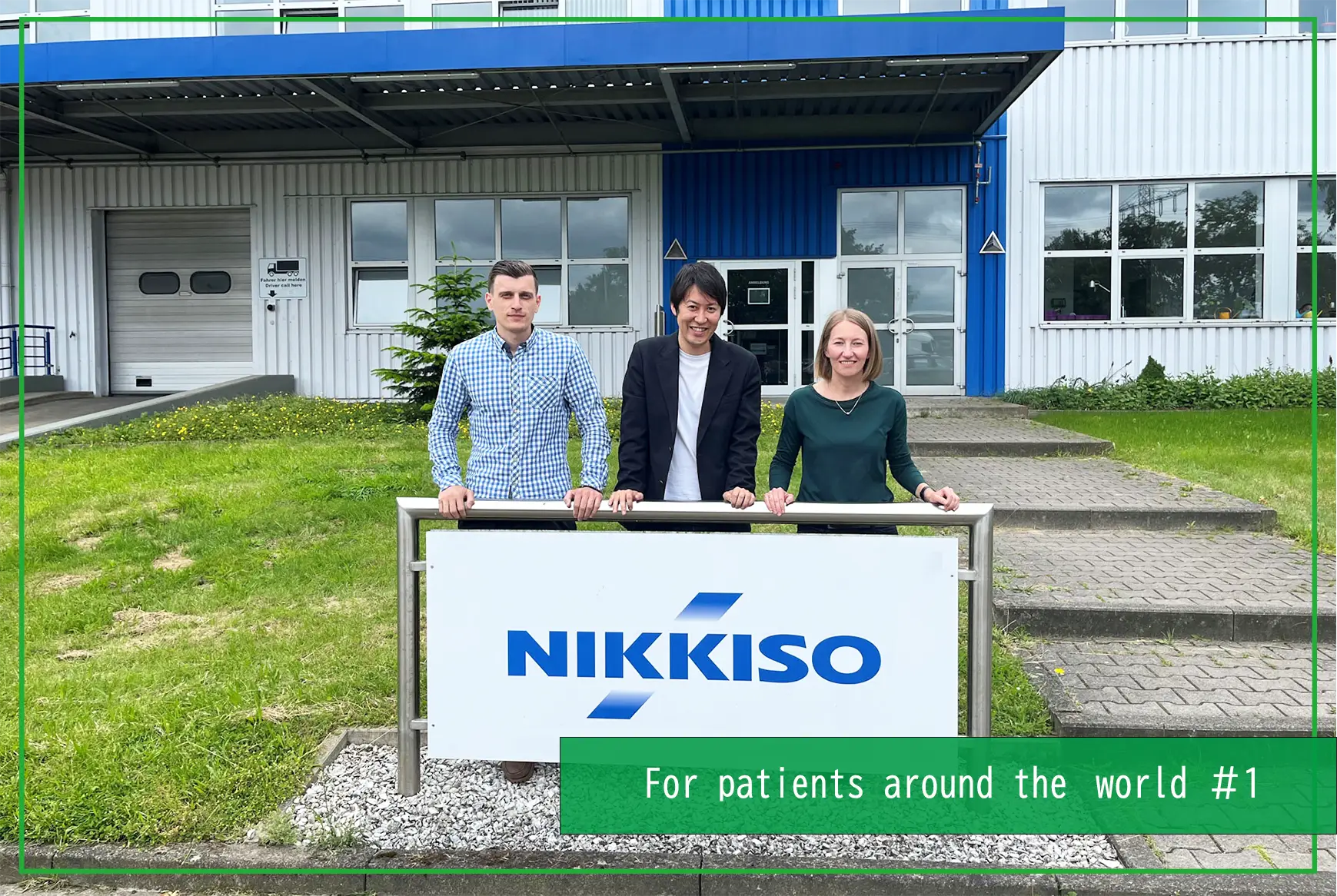 MEDICAL FIELD
MEDICAL FIELD
A region on the forefront of dialysis treatment: Nikkiso automation gathering attention in Europe
- Medicalbusiness
- Hemodialysis
- Interview
2025/03/13
関連記事
-
 MEDICAL FIELD
MEDICAL FIELD
A region on the forefront of dialysis treatment: Nikkiso automation gathering attention in Europe
- Medicalbusiness
- Hemodialysis
- Interview
2025/03/13
-
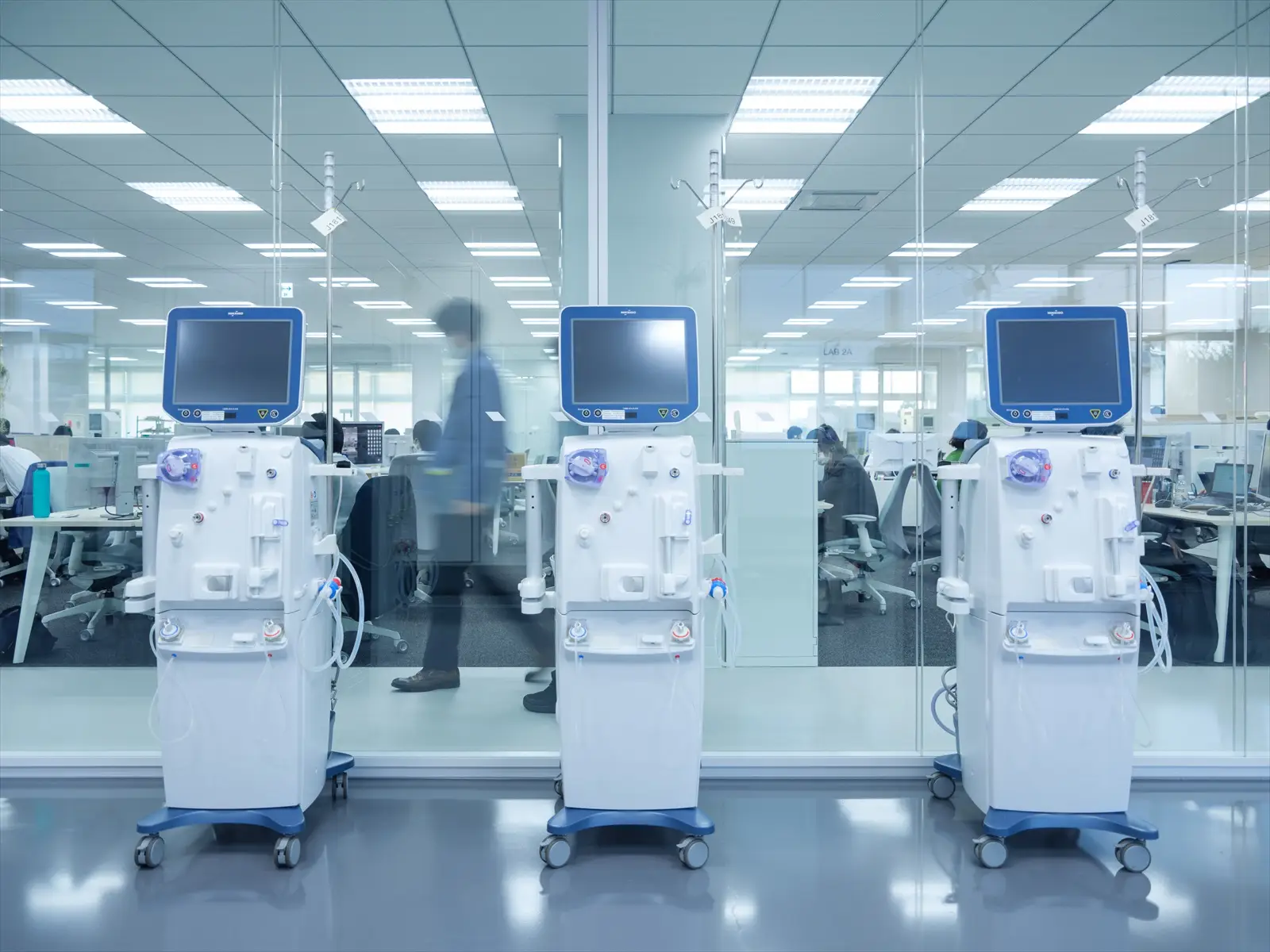 MEDICAL FIELD
MEDICAL FIELD
Faster and more assured treatment: Nikkiso's efforts to develop technologies to improve work efficiency and safety of medical devices
- Medicalbusiness
- Hemodialysis
- Technology
2025/02/13
-
![[Dialysis Medical Care and SDGs #2] Treatment Options: What is Sustainable Dialysis Medical Care in the Future?](/media/kMxvJwAdHOfgot6LqeZcH0WkXH45Q5buehtbuYnK.jpg) MEDICAL FIELD
MEDICAL FIELD
[Dialysis Medical Care and SDGs #2] Treatment Options: What is Sustainable Dialysis Medical Care in the Future?
- Hemodialysis
- Interview
- Medicalbusiness
2024/06/21
-
![[Dialysis Medical Care and the SDGs #1] Issues Surrounding Dialysis Medical Care: Thinking about Environmental Issues and Workstyles](/media/7yoD8Mt0CeKw1lmWAfmKhOeq6M4fDhEkiknclkG8.jpg) MEDICAL FIELD
MEDICAL FIELD
[Dialysis Medical Care and the SDGs #1] Issues Surrounding Dialysis Medical Care: Thinking about Environmental Issues and Workstyles
- Interview
- Hemodialysis
- Medicalbusiness
2024/06/14




